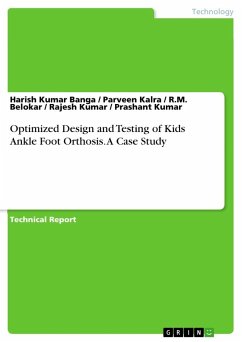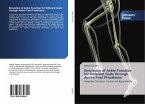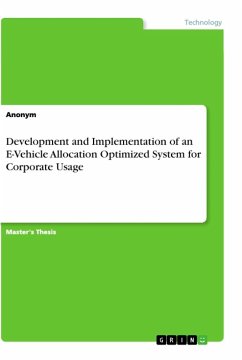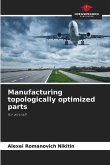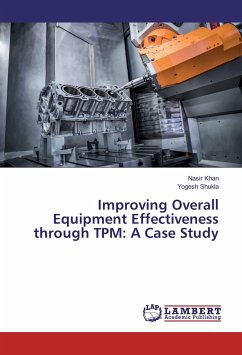Technical Report from the year 2019 in the subject Engineering - Mechanical Engineering, grade: 10.00, , language: English, abstract: Ankle foot orthosis (AFO) are externally applied device that a reused to support as well as control the foot and ankle joint of patients having foot deformity. Foot drop is caused by a deficiency in the ankle joint in which results in the weakness of ankle and toe dorsiflexion. This research proposes a new approach to design and performance evaluation of AFO fabrication that utilizes modeling, simulation and analysis software (like Open Sim, Ansys Work bench & Solid work) and additive manufacturing technologies to customize the fit form to an individual. By implementing a carbon fibre strut at ankle joint the design will result in a stronger, more comfortable, more flexible AFO that can adaptively constrain ankle movement for various different activities.GAIT Analysis was performed on six patients having foot drop, from the emotion analysis system in the GAIT lab. The data from the GAIT lab was then imported into the Open Sim to create a biomechanics simulation to extract the joint angle and joint moments. These value of ankle angle and moment with & without AFO was compared with normal value. The results show a considerable effect of the use of the AFO by drop foot patients in terms of ankle angle and ankle moments. Furthermore, the muscular analysis in terms of activation and forces also suggest that the dorsiflexors are assisted by the AFO during GAIT and the activation of the plantarflexion are considerably less during the lifting of the foot of the ground.

